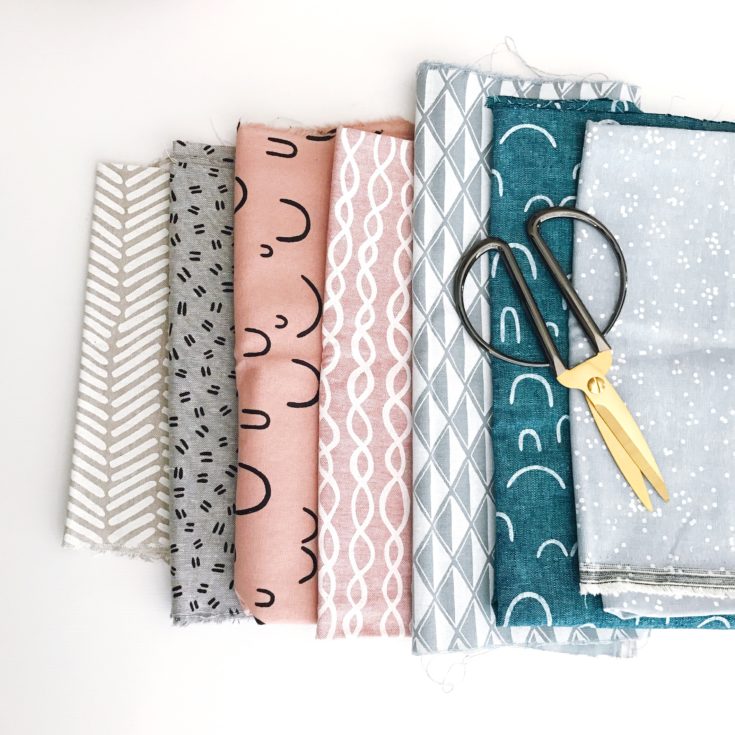Disclosure: This post may contain affiliate links, meaning we get a commission if you decide to make a purchase through our links, at no cost to you. Please read our disclosure for more info.

Parents are constantly on the lookout for new ways to keep their kids active and entertained in the Great Outdoors, yet there are many indoor activities to keep them occupied in the Winter months. One of the most useful skills we can teach them, is sewing, which will come in handy for the rest of their lives; just think of how often you need to sew a hem, shorten an item of clothing, or sew a toy as a gift. In this post we highlight a few benefits of learning to sew and give tips for a gentle introduction to this activity.
At What Age Should Children Start Sewing?
Children can start with the basics of sewing from as early as around three years old, by taking part in fun activities such as stringing colored pasta shells with plastic children’s needles (always under parental supervision).
When kids become more confident at using a needle, parents can teach them how to thread the needle and stitch away, using a sewing hoop, soft toy or other materials for their creations.
As kids become more adept, parents can draw lines on fabric and try to get kids to sew along the line. By the age of around five or six, kids usually enjoy learning specific stitches (such as cross or back stitch) and eventually, creating pretty images through embroidery.
When children are around eight, they can try their hand at something even more fun: sewing with a special kids’ sewing machine. These machines are specifically adjustable to slower speeds and have features such as automatic needle threaders and large dials, for greater ease of use.
The Benefits of Sewing
Sewing is vital throughout life, so the earlier kids start, the more they can take on more sophisticated projects. Sewing is an excellent activity for children who may have been born premature, since it enables them to hone their fine motor skills. Holding a needle, even a plastic kiddie one, is challenging, as is learning to apply the right pressure and tightness, or even learning how to tie a knot at the end of our string. Sewing can also be a form of art; consider it the next step up from coloring books; children can use vivid threads in various textures to create decorative pieces, be they figurative or abstract.
Even kids’ mental health can benefit from sewing; kids who have a hard time focusing often find that it is almost impossible not to concentrate while sewing. Indeed, putting needle to fabric is a mindful activity which keeps kids’ minds ‘in the here and now’. Therefore, it can be just one of many activities that can help keep stress and anxiety at bay.
Kids can start learning to sew from their toddler years onwards. Start without a needle, progress to safe plastic kiddie needles and eventually, go the whole nine yards and buy your budding Anna Wintour or Christian Dior their very own sewing machine. You could be feeding a true passion but even if it just a hobby, sewing brings more benefits than most people perceive.
